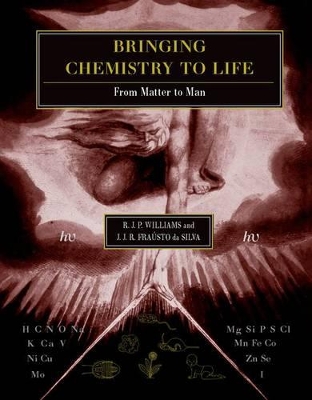In this book the authors describe the long journey from formless inanimate matter to man, while explaining the nature and the logic of the physical-chemical processes involved, and stressing the limitations of reductionist analyses of these processes as complexity increases and novel properties emerge. In particular the authors develop the idea that it was chemical change of the environment that allowed evolution of life to occur and that this evolution required successive addition of new message systems and information codes connected, compatible, and cooperative with previous extant systems. To do this the authors analyse the relationship between chemical element content and speciation both in inanimate and living systems in terms of fundamental units and variables, or composite (derived) units and variables. Through such analyses the authors conclude that chemical speciation is very much a matter of chemical cooperativity (order versus disorder) while biological speciation requires cooperative flow of chemicals and energy (organisation versus disorder). They argue that chance mutations of DNA are far too simple to provide a basis for evolution and biological diversity, though it is a representation of such diversity. It is the survival strength of systems of molecular machinery which separate and generate living species. In the final chapter they analyse the effect of man's activities on the present global and local ecosystems and speculate on the possible nature of the emergent properties to be expected from an ever-increasing complexity of information-based modern societies.
- ISBN10 0198505469
- ISBN13 9780198505464
- Publish Date 11 November 1999
- Publish Status Active
- Publish Country GB
- Imprint Oxford University Press
- Format Hardcover
- Pages 570
- Language English
